
More Articles
The reasons to clean an air conditioning system are obvious. One look at the inside will usually be all the convincing one needs. “Are you telling me that I’ve been breathing that stuff?”
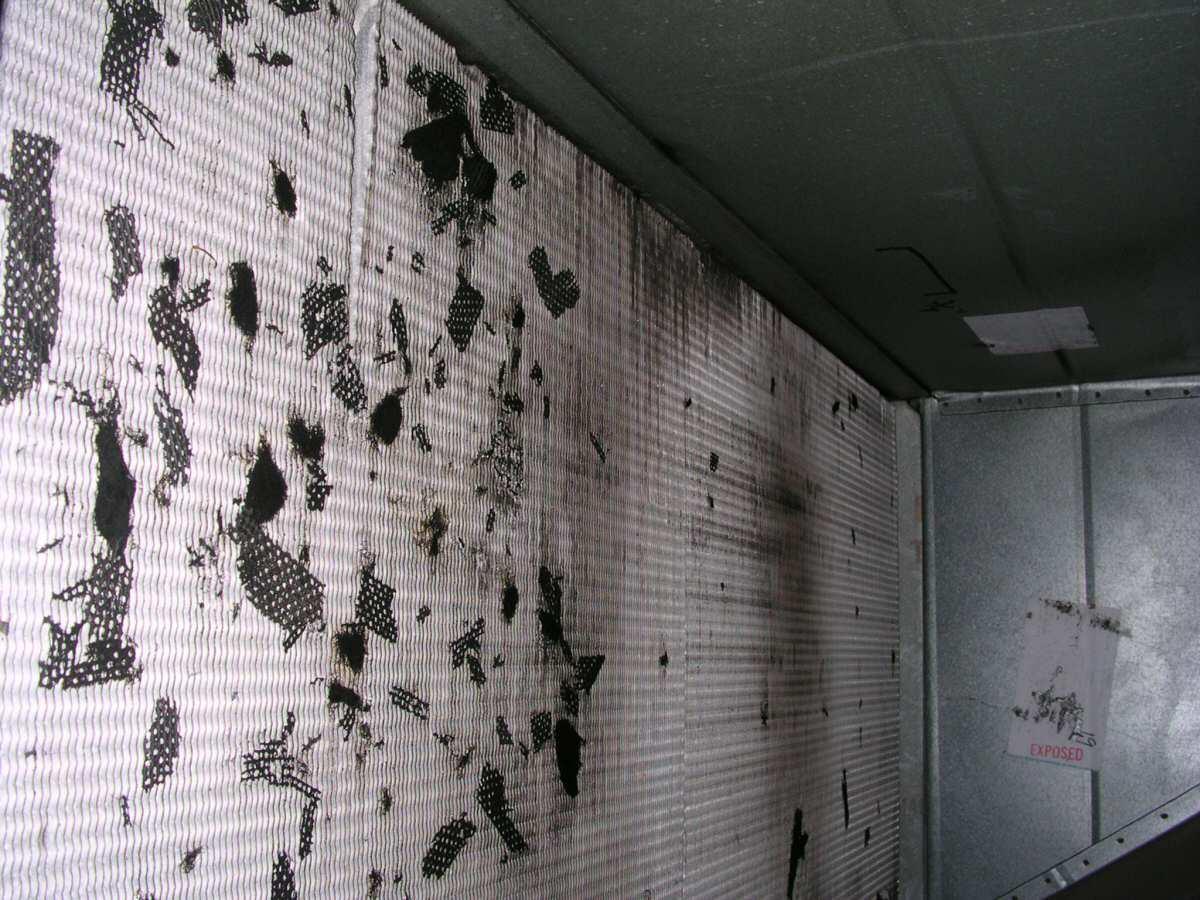
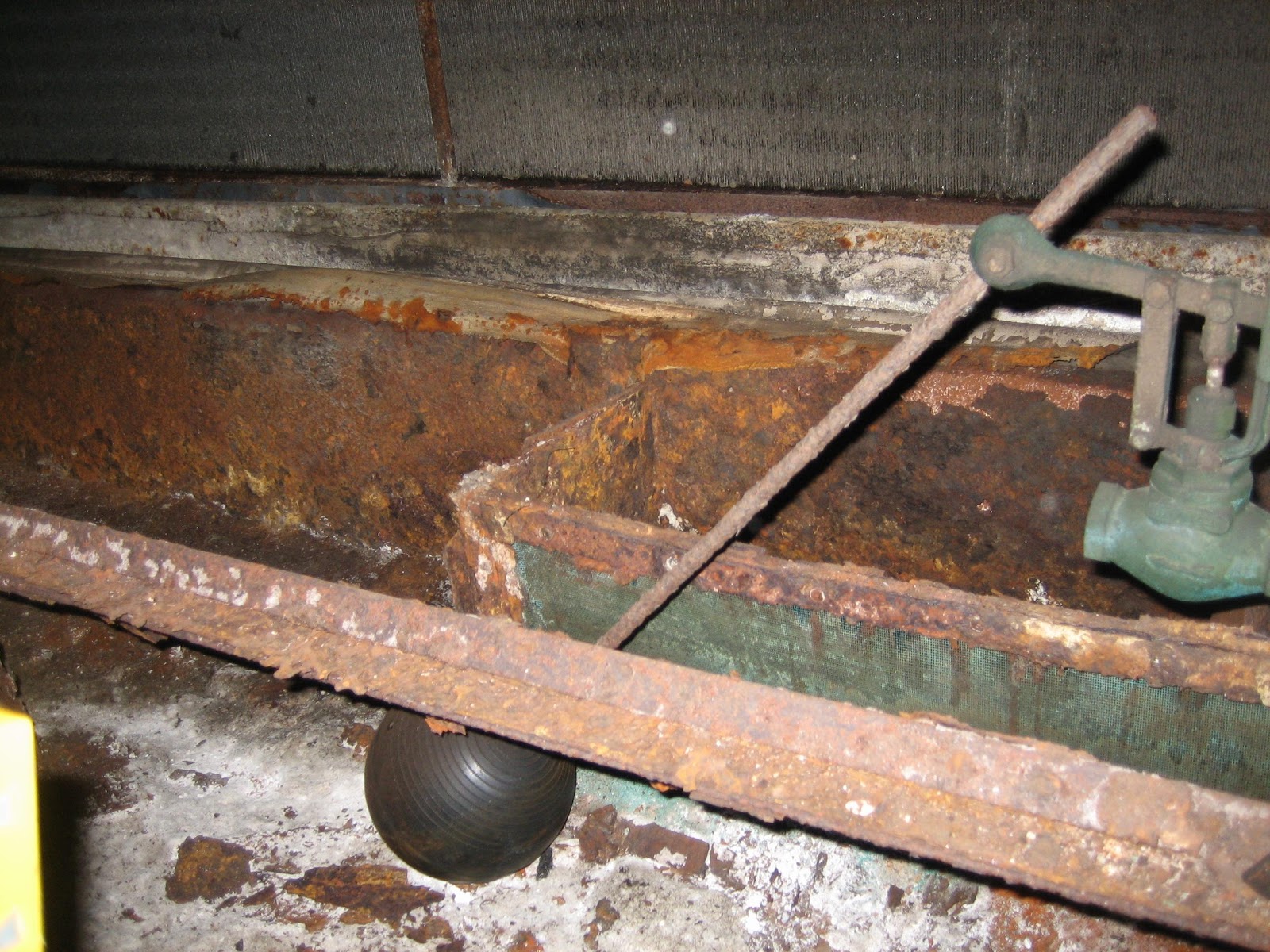
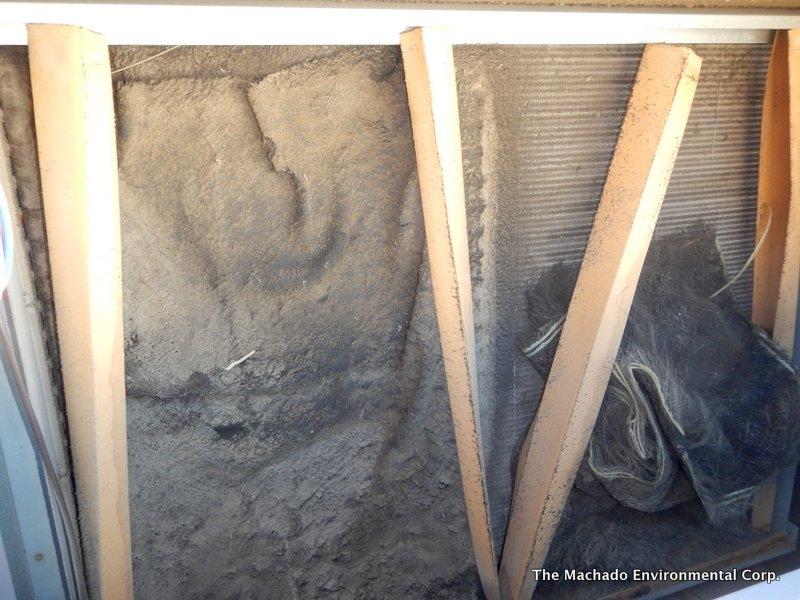
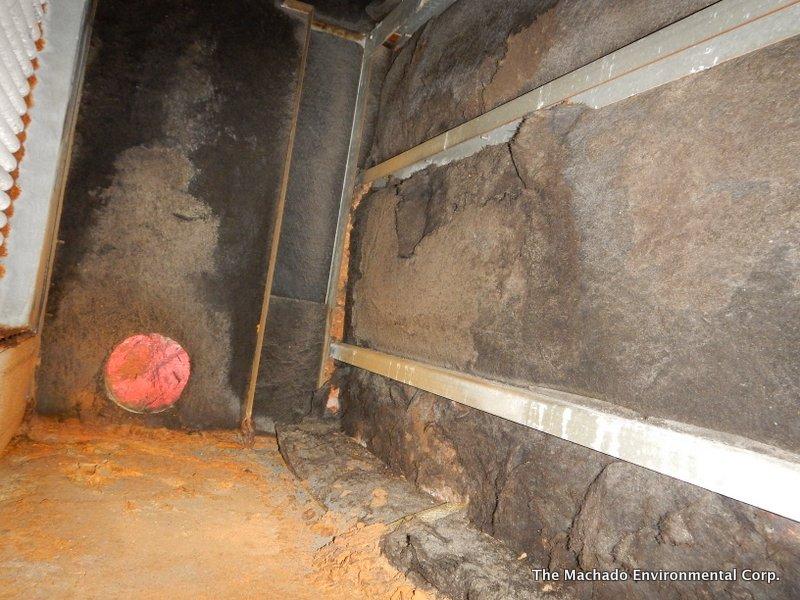
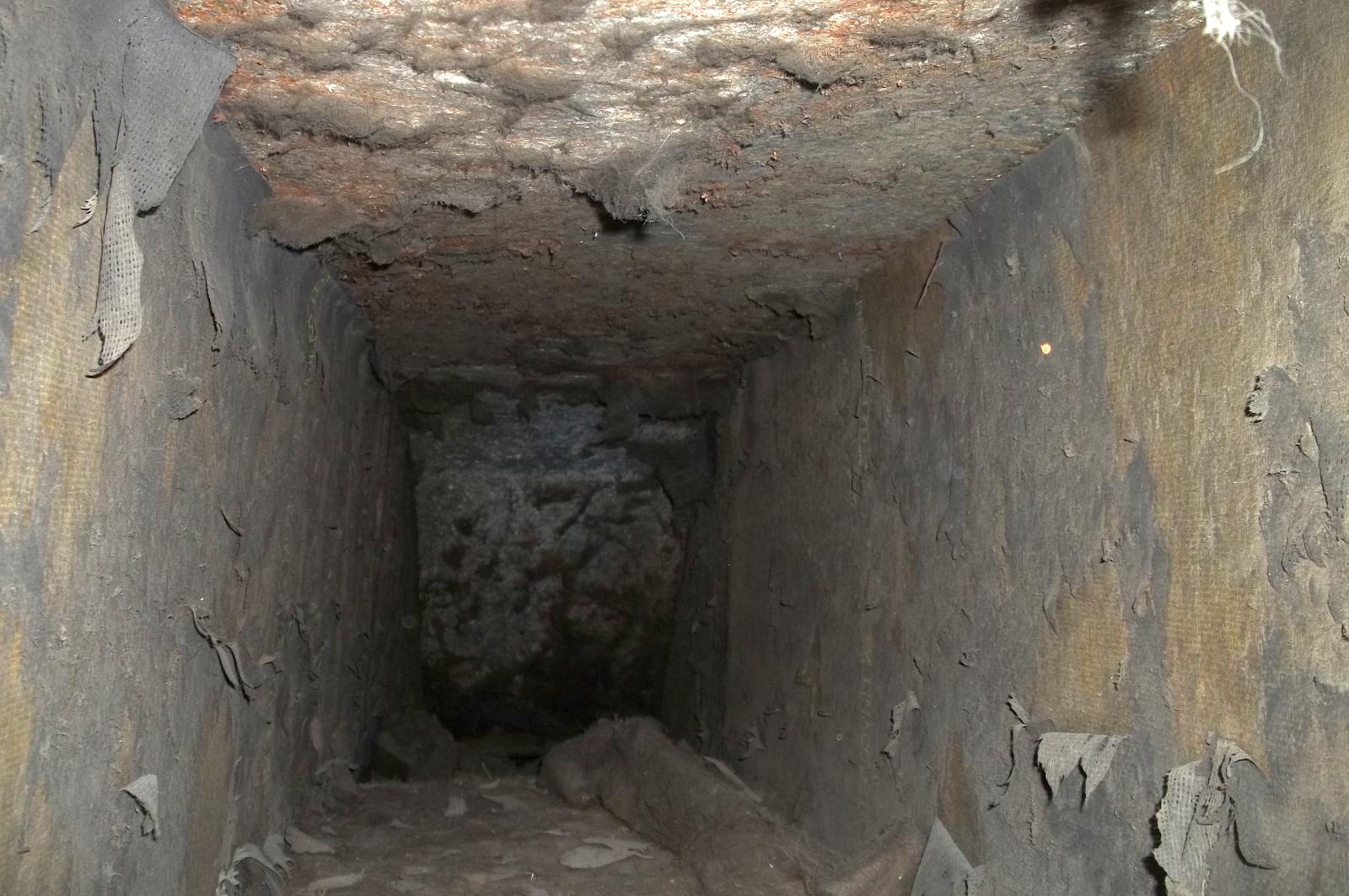
Yes, these are real pictures from real buildings. And yes, the air that ends up in your office actually does go over, through and around this stuff. To be real, not all A/C systems are this dirty nor have they all been this neglected. Systems of the same age can be found to be spotless or completely contaminated and every range in between.
But back to the question – “Have I been breathing that stuff?”
In order to answer that question, we should answer the other question:
“What is that stuff?”
It all looks like a mash of gunk, dirt, slime, rust and other unidentifiable masses which is actually fairly accurate – it is a mix of all kinds of things. In our experience, we’ve gotten a pretty good idea of what normally builds up in an air conditioning unit.
What are the common things we find?
Mold and Bacterial Growth
While mold and bacteria are typically thought of as the same class of life form, they are significantly different. Molds are fungal based – strands of flora and spores, and bacteria is made up of smaller simpler cellular forms. A major difference is that bacteria is simpler in composition and is “autotrophic” meaning it can produce its own food through light or chemical reactions. Mold or fungi, more complex in structure, needs a food source such as dirt, cellulose (paper and wood) and other organic matter.
Both, though, require moisture, which is why you’ll see both mold and bacteria in some A/C systems.
Bacteria is more commonly found in a drain pan or on the cooling coils where has been an accumulation of standing water. You’ll see the slime in the drain pan, a green or brown algae type growth. Often it will have that swampy sweet odor that verges on a rotting smell. It’s not very appetizing.
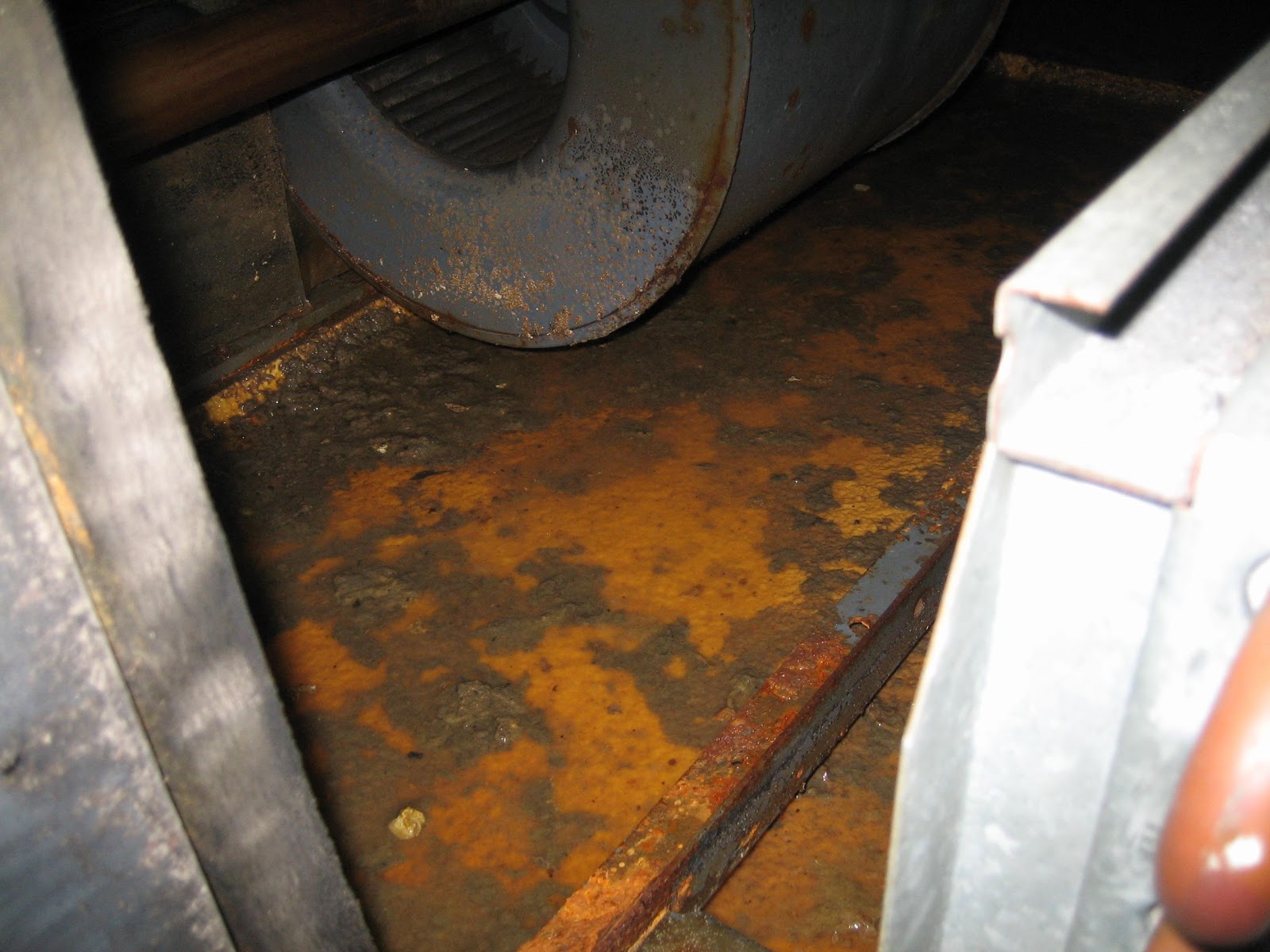
Mold is more often seen on other components of the air handler, organic based materials such as paint, grease, oil, drywall or woven cloth material. Viable, or “live” mold has a mossy, spotty look on the surface where it is growing. Very often it is growing on the internal fiberglass insulation where it feeds off moisture and dirt that has accumulated on the liner itself. If a system is dirty, there is a higher likelihood of mold growth. Again, though, both mold and bacteria need moisture, a lot of it, and for an extended period of time.
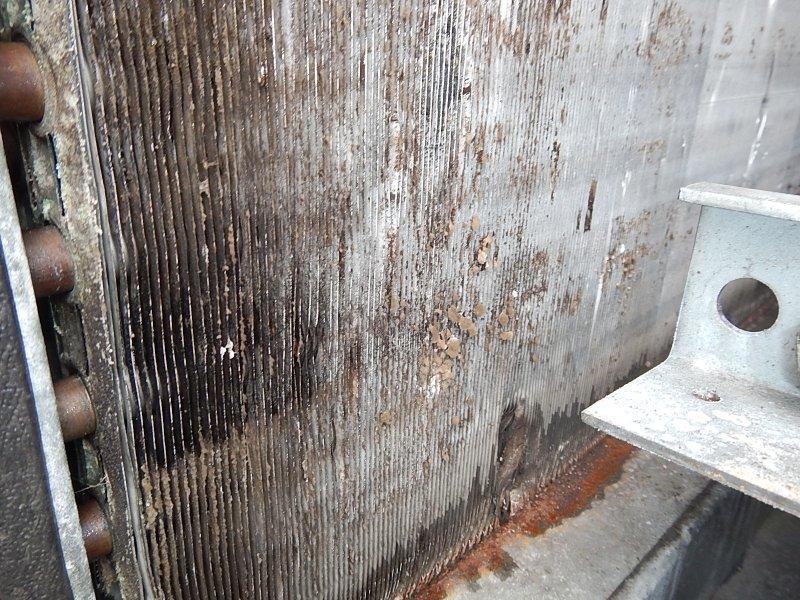
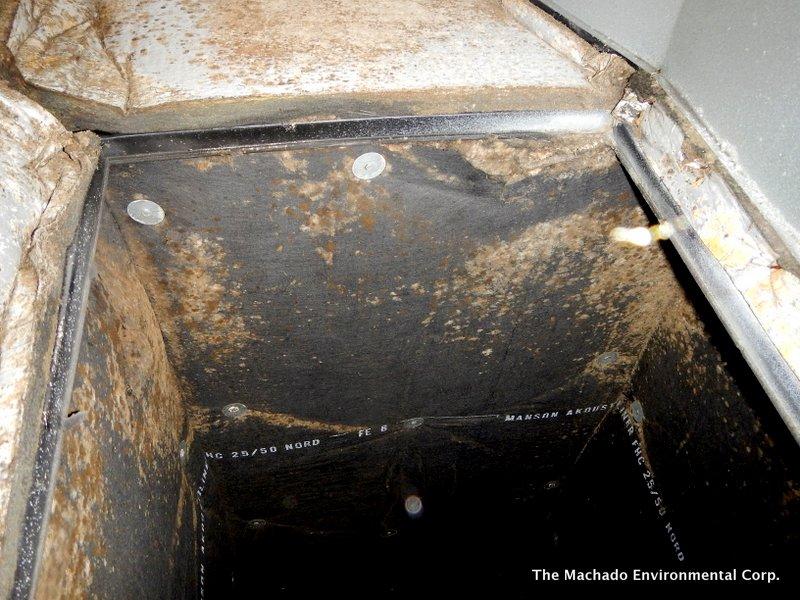
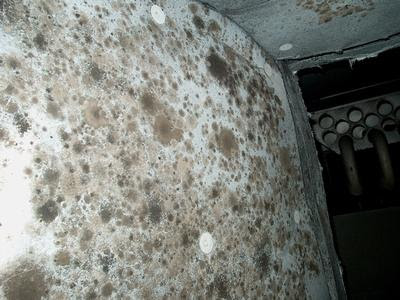
Once either bacteria or mold gets a foothold, they are tenacious and it may take some heavy elbow grease to completely get rid of it.
Are you breathing it? Depends on how much growth there is. With mold, there is not only the viable mold growth, but also the dead spores which can be as much of an irritant and allergen as viable mold. Bacteria varies all over the place. It can have a disgusting, swampy odor, a dirty sweat socks odor, a musty odor or no odor at all. But generally, if you can smell it, you are at least breathing something. After all, odor actually comes from minute particles.
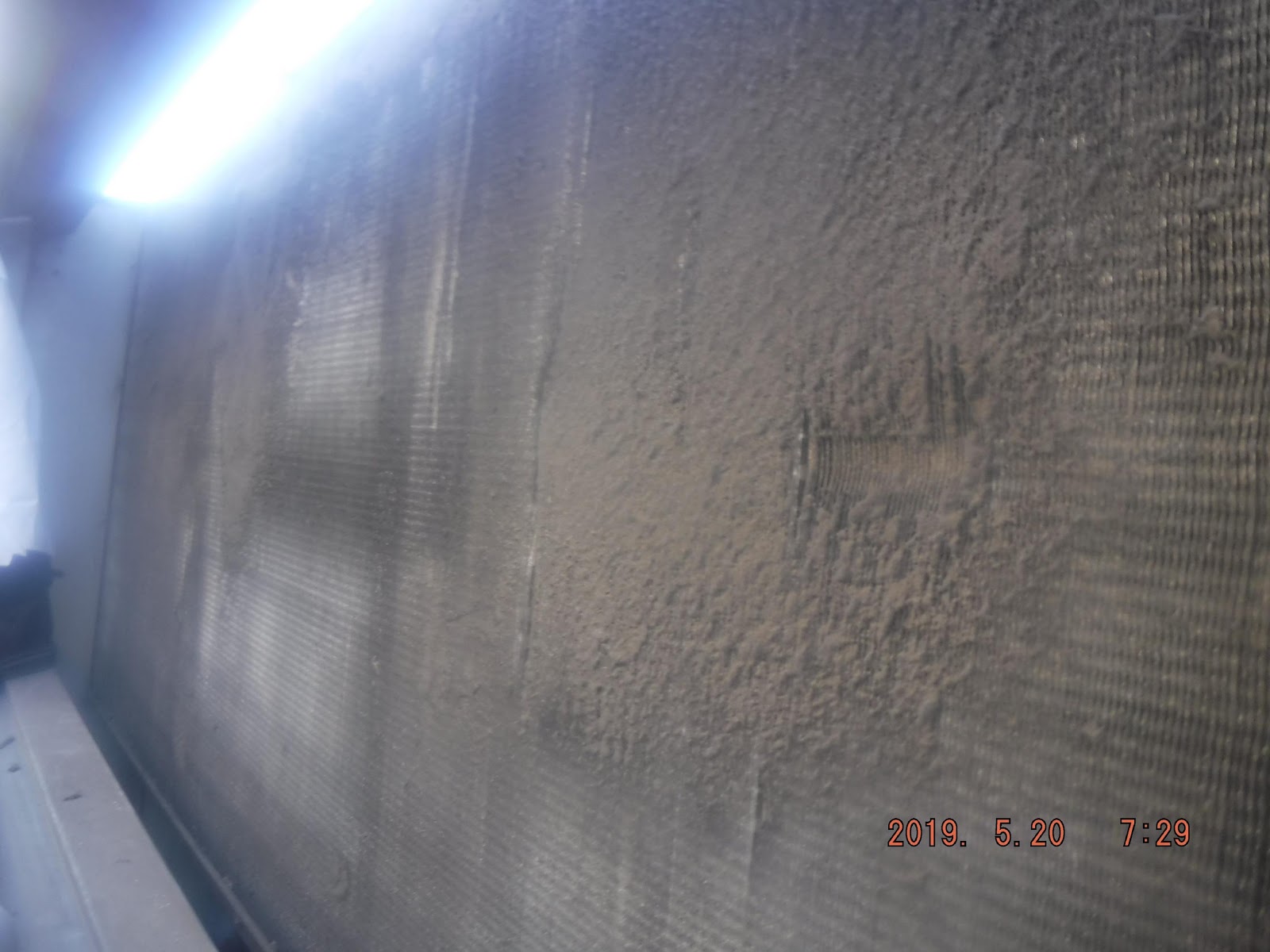
Is it harmful? Most bacteria and molds are not harmful, but the dose makes the difference. And the strain of microbial growth. If it’s there, it should be tested. And if positive, it should be cleaned.
Fiberglass
Fiberglass is the most common insulating material used inside of air conditioning systems. Fiberglass Itself, it does not “deteriorate” since it is mineral based. But the glass fibers are held together and formed using adhesives which can deteriorate over time. In an environment that is alternately high humidity and dry, the fiberglass liner will eventually fall apart, shed and get into the A/C system eventually blowing into the occupied space.
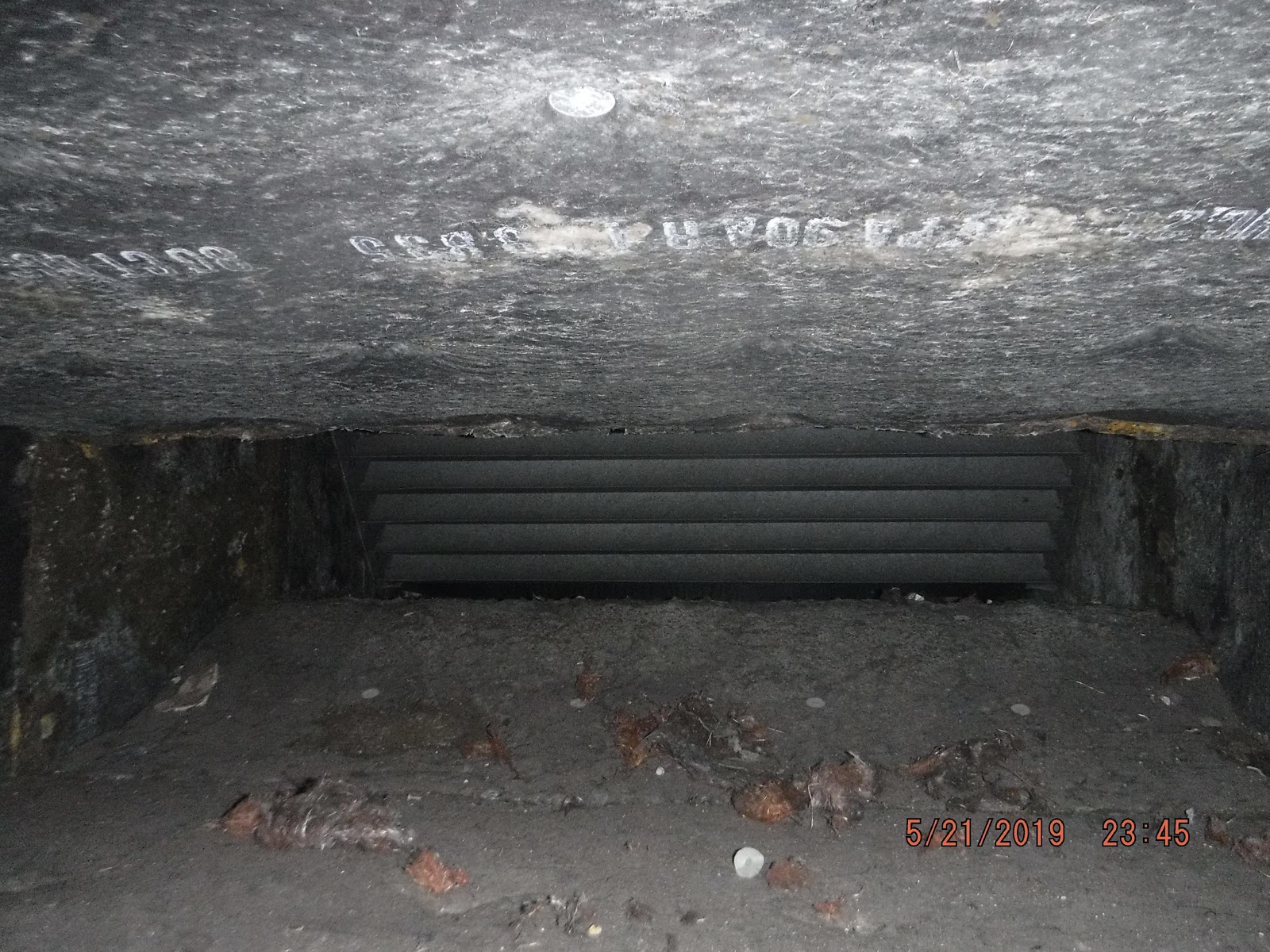
While fiberglass is an irritant (anyone who has gotten it on their skin knows that) it will usually only float around in the air for awhile and then settle down to the floor or other surface which means you aren’t breathing it. However, an air handler with big missing sheets of fiberglass insulation is a guarantee that the fiberglass has gone somewhere and that somewhere is the occupied space.
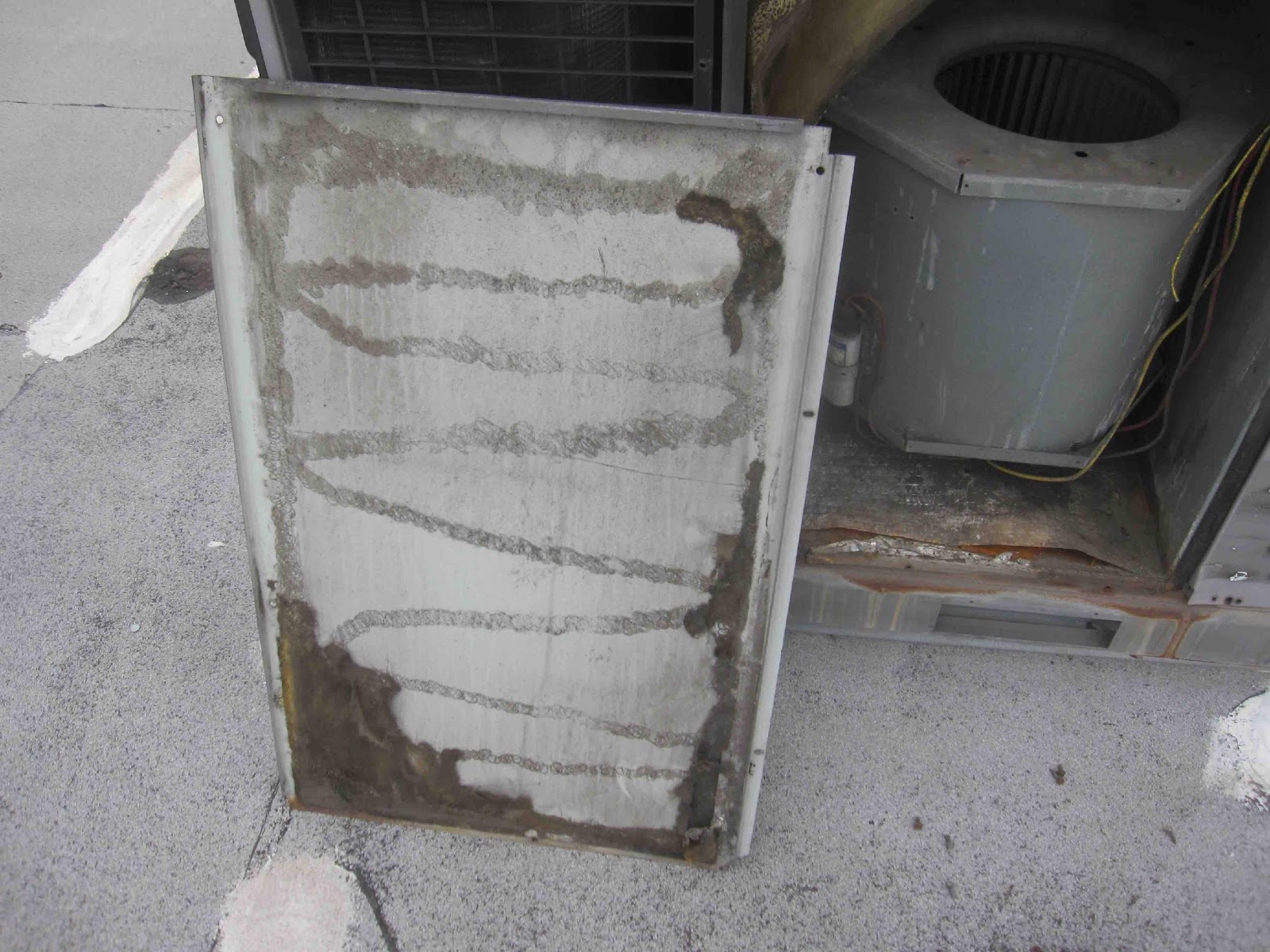
Gritty dirt
I tend to call this “condensed dirt”. It has the consistency of sand and can be black, gray, brown or off-white. But there is no beach on a roof, so where did it come from and what is it? We’ve had it tested and the results have shown that it is “non-specific mineral material” or ferrous-oxide (rust) or “non-ferrous metal corrosion” which usually means oxidized aluminum. And that typically comes from the cooling coils breaking down over years of use.
It will build up in the corners, seams and joints of an A/C unit. It does most definitely migrate down from the unit and eventually blow out of the vents peppering desk tops, papers, cabinets. It’s annoying, but it’s also heavy. You are not breathing this sandy material.
Rust
You put steel and iron in a continually moist environment and you will get rust. Period. Again, the rust is simply iron oxide which is not toxic and the particles are normally heavier than air and will quickly settle, so it isn’t likely you’re breathing rust.
But there is no question that rust will spell the end of a very expensive piece of machinery if not addressed.
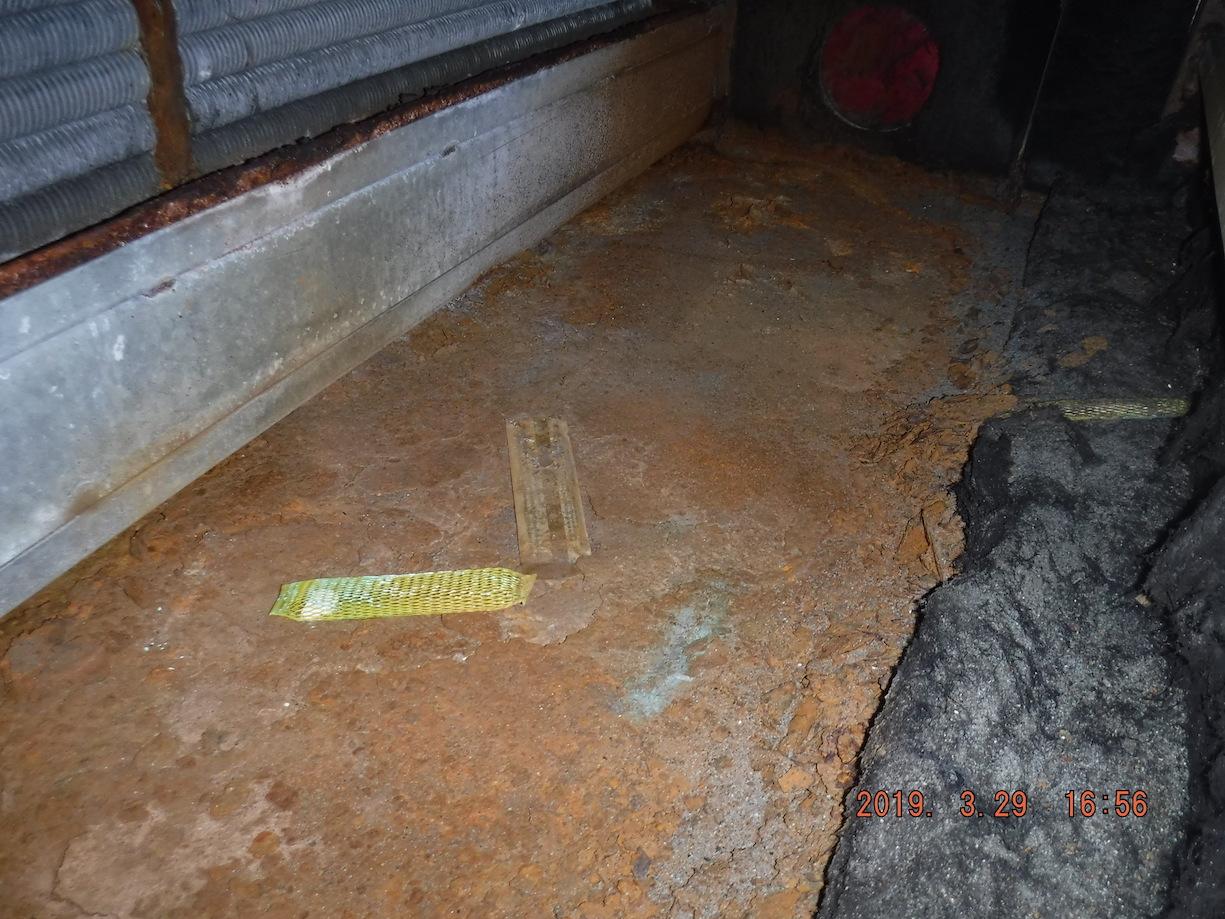
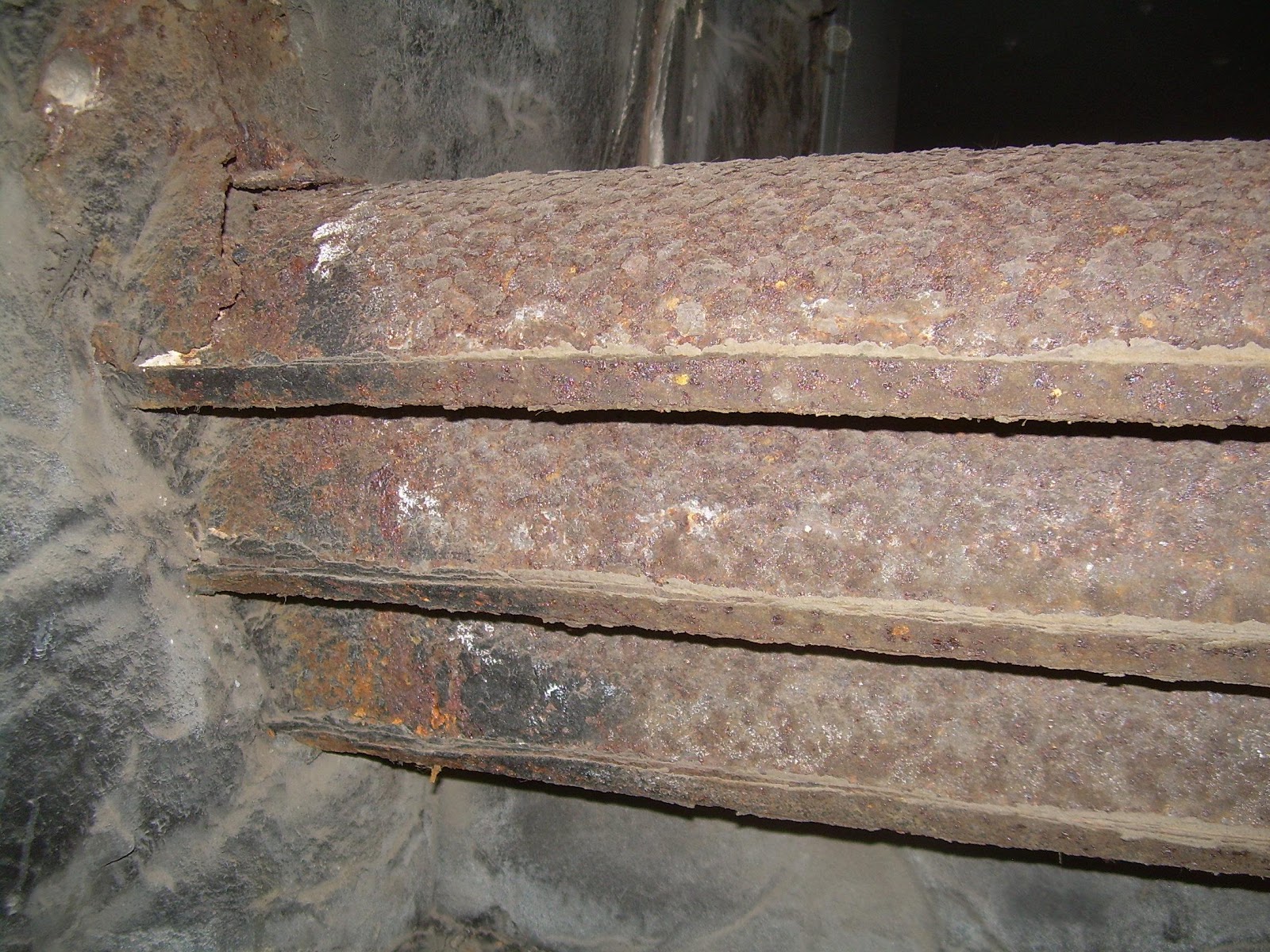
Oil, grease and other organic substances
Grease and oil are used to lubricate the blower wheels, dampers and other moving parts. The oil and grease will tend to build up on and around the blower bearings. You won’t be breathing this, but organic compounds make great mold food.
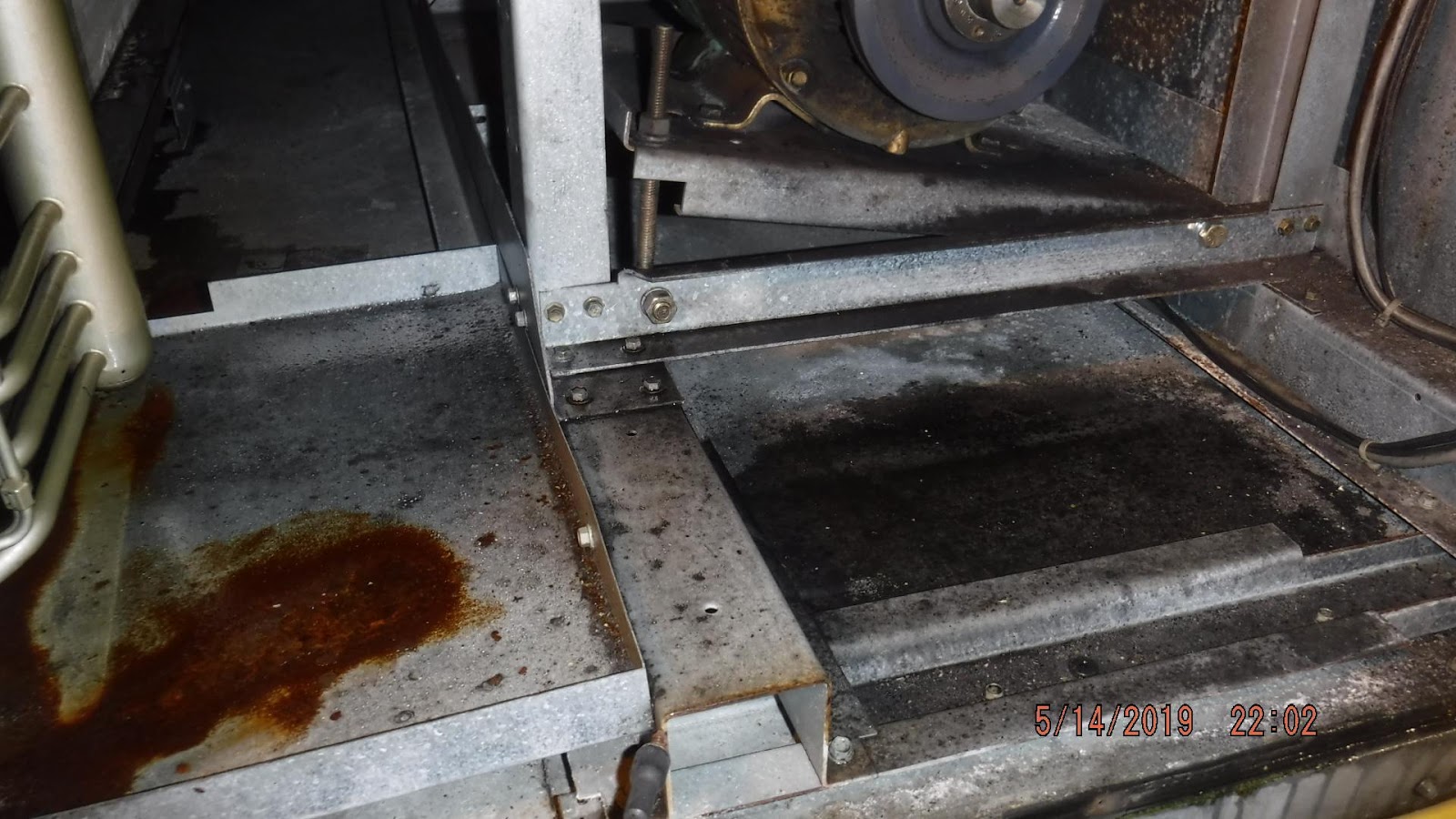
You’ll often see a black fine powdery dust around the fan. Usually this is from the fan belt. It’s just rubber. Dirty, but pretty harmless.
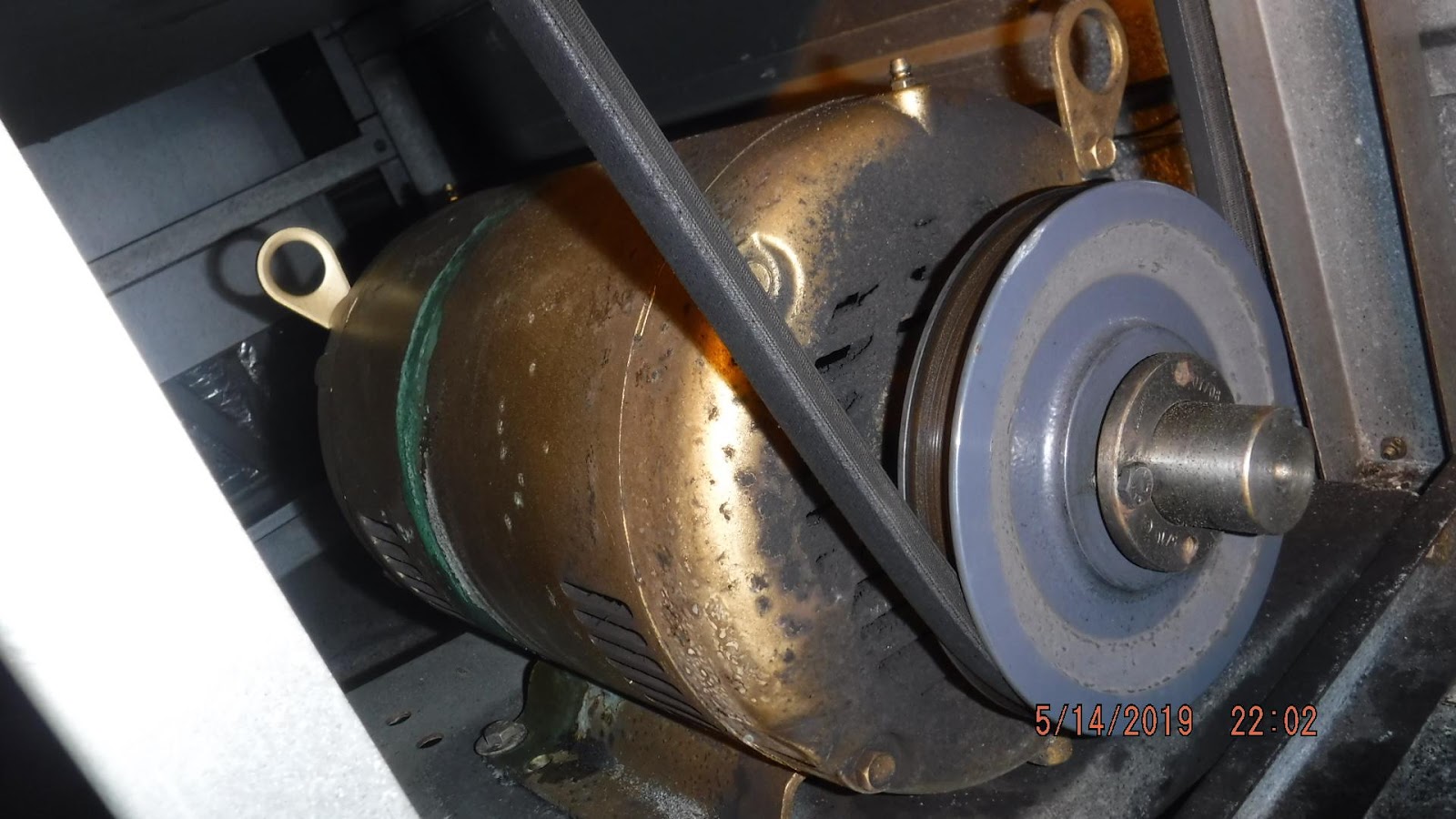
Other stuff
As with any environment, you will find countless other substances and materials inside an air handler. This can include:
- Pigeon droppings - This shouldn’t need much explanation. Pigeons love air handlers. They provide heat in cold weather and cool air in hot weather. They provide privacy to build their nests and lay their eggs and boy, are they messy! And they stink. Once they get access to a system, they keep coming back no matter what you seem to do. The droppings can be quite toxic. Unfortunately, this is something we see more often than you’d think.
- Rodent debris - Very similar to pigeons. No further explanation needed.
- Insects and insect parts - Sometimes you’ll see a lot of gnats or mosquitoes. Rarely flies or bees. We suspect they are attracted to the moisture in an air handler, they’ll nest and voila! Swarms of gnats and mosquitos.
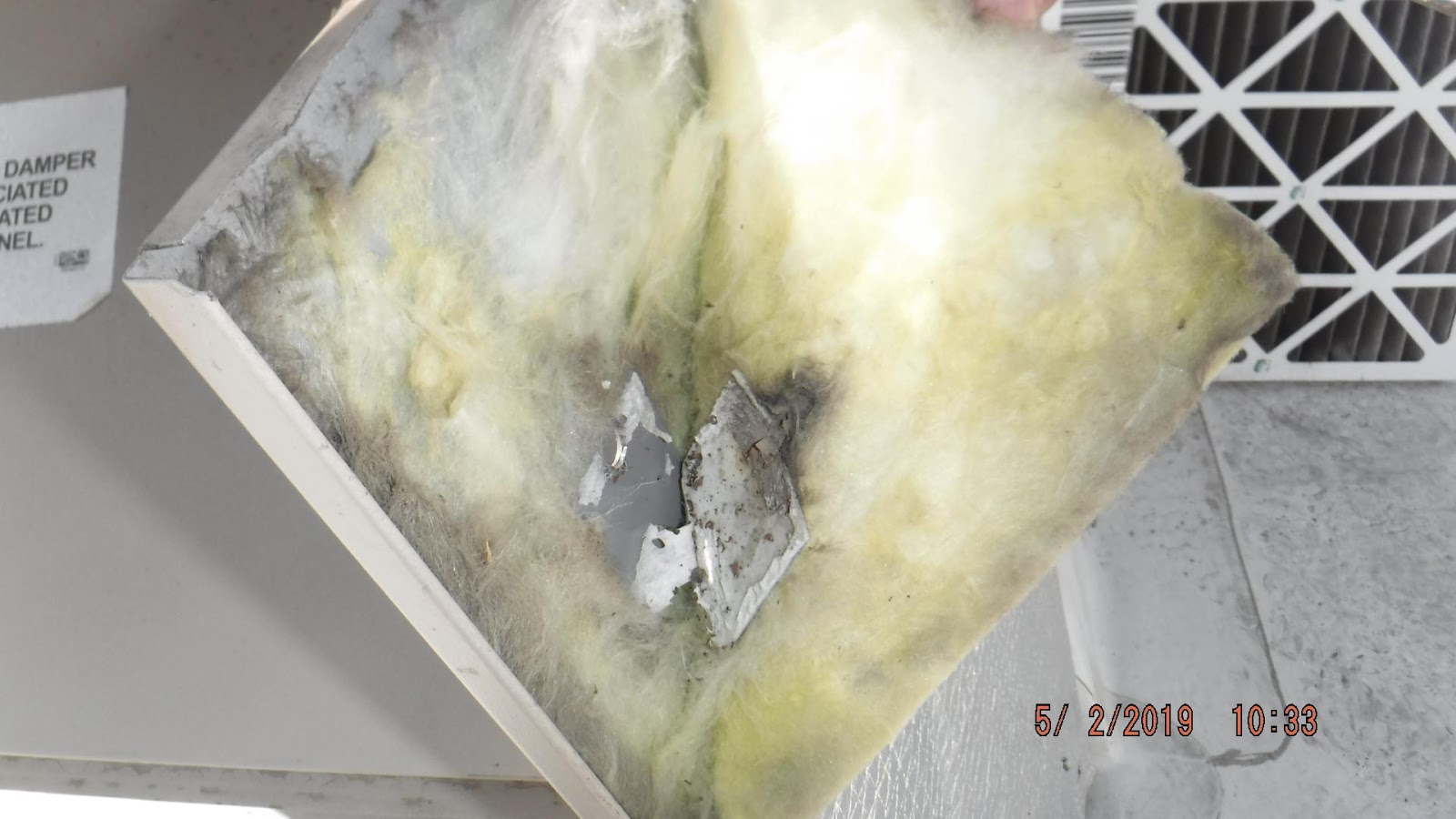
- Leaves and other flora - This does not generally get into the duct system and isn’t harmful, but it can begin to rot and provide a breeding ground for mold and bacteria.
- Dust - the catch all for every type of dust and debris that might be in the environment such as construction dust from nearby building sites, to sand, rust, wind storms and countless other sources. The list goes on and on. Much of this is trapped by the air filters, but a lot will get through, especially if the filters used are cheap ones.
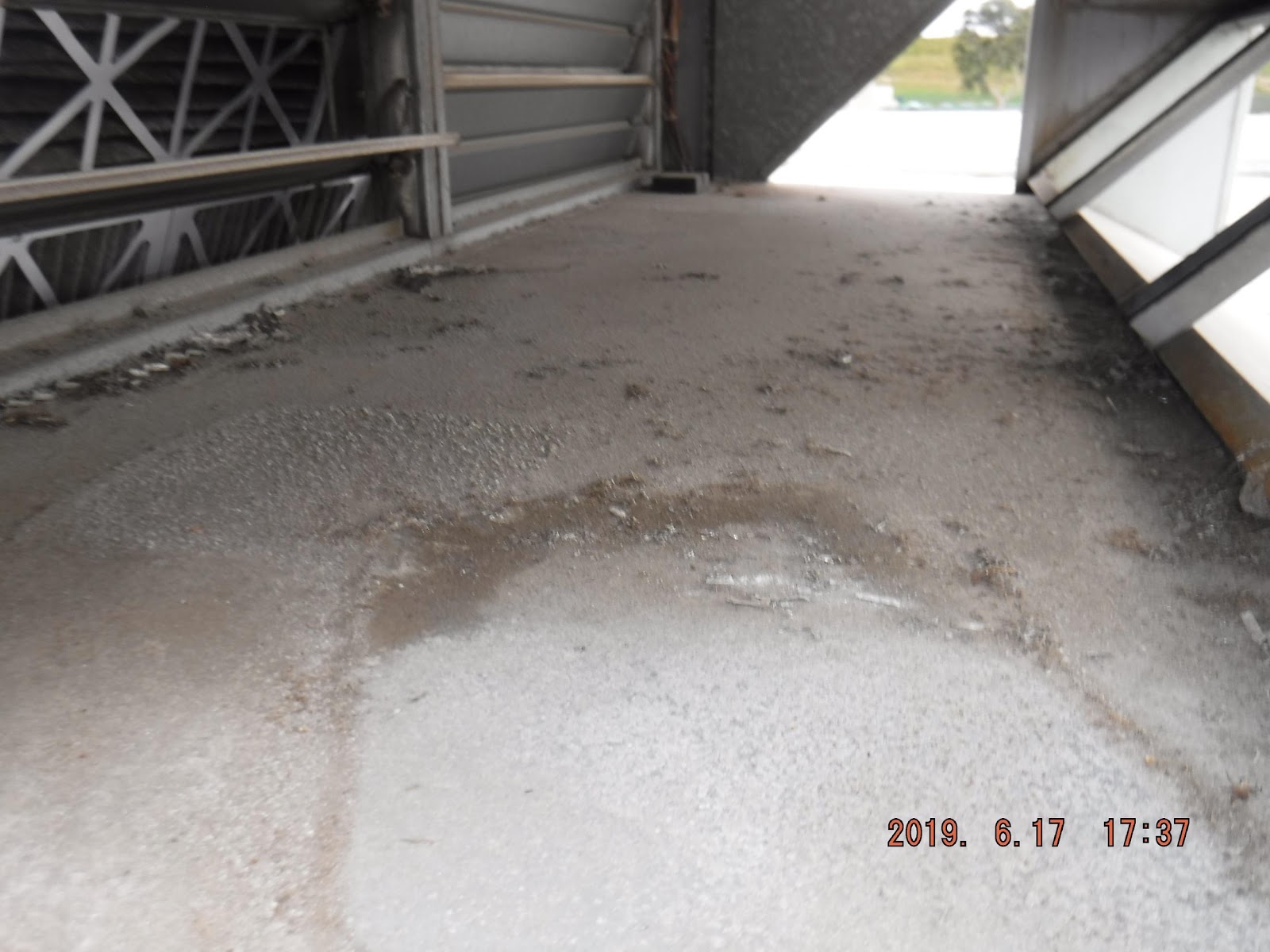
So back to the original questions. What is that stuff and am I breathing it?
The stuff is a wide range of material some of which is completely innocuous to some that is irritating, annoying or somewhat harmful.
And are you breathing it? Well, yes, you are to some degree.
But both those questions become moot questions if it’s simply cleaned up.






